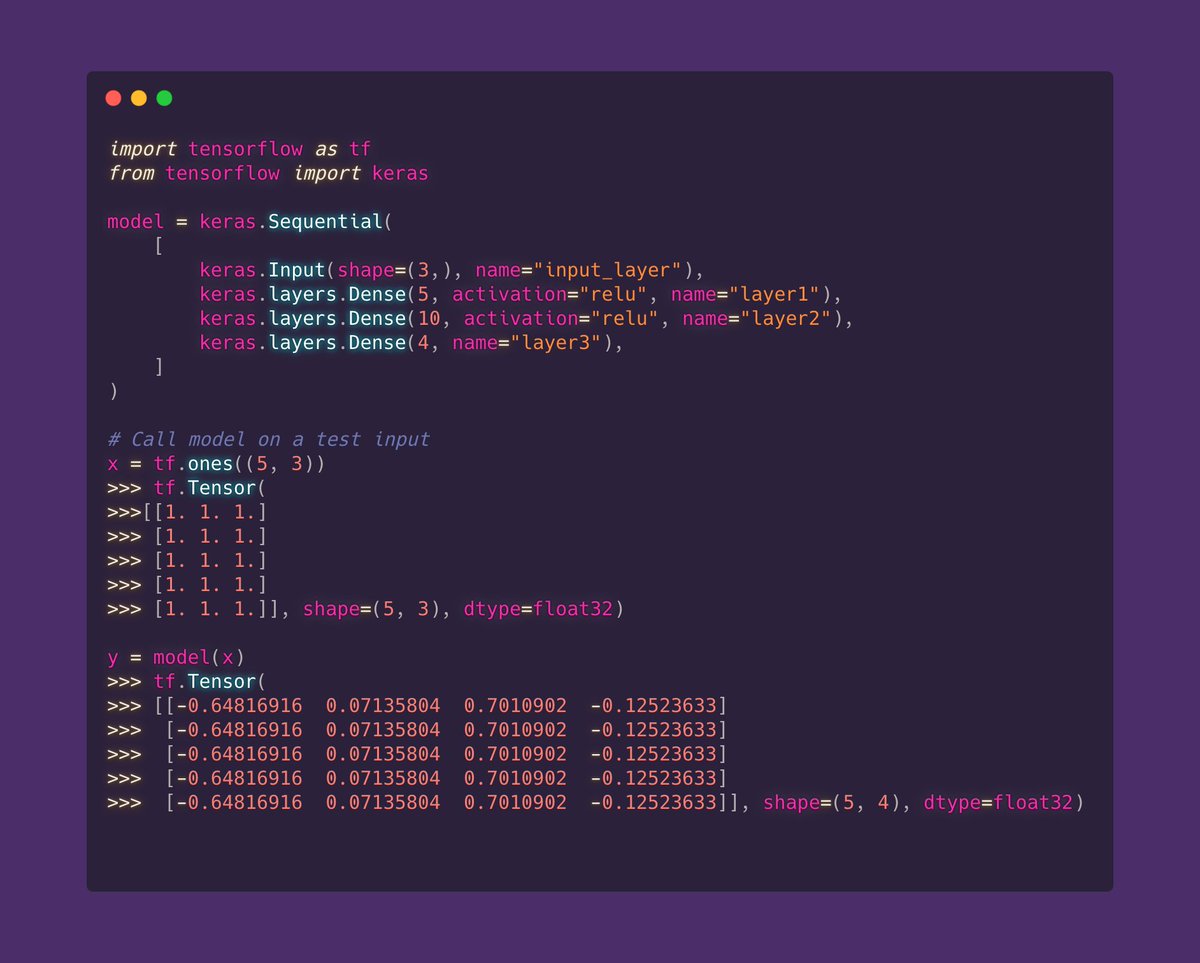
Machine learning goes beyond Deep Learning and Neural Networks
Sometimes a simpler technique might give you better results and be easier to understand
A very versatile algorithm is the Decision Forest
🌴🌲🌳?
What is it and how does it work?
Let me tell you..
[7 min]
1/10🧵
Sometimes a simpler technique might give you better results and be easier to understand
A very versatile algorithm is the Decision Forest
🌴🌲🌳?
What is it and how does it work?
Let me tell you..
[7 min]
1/10🧵

Before understanding a Forest, let's start by what's a Tree
Imagine you have a table of data of characteristics of Felines. With features like size, weight, color, habitat and a column with the labels like lion, tiger, house cat, lynx and so on.
2/10🧵
Imagine you have a table of data of characteristics of Felines. With features like size, weight, color, habitat and a column with the labels like lion, tiger, house cat, lynx and so on.
2/10🧵
With some time, you could write a code based on if/else statements that could, for each a row in the table, decide which feline it is
This is exactly what a Decision Tree does
During its training it creates the if/elses
en.wikipedia.org/wiki/Decision_…
3/10🧵
This is exactly what a Decision Tree does
During its training it creates the if/elses
en.wikipedia.org/wiki/Decision_…
3/10🧵
These if/else statements can vary a lot based on which features are used so completely different trees are possible and with good results
Instead of deciding which one is the best, why not use multiple of them and decide the correct prediction based on all their results?
4/10🧵
Instead of deciding which one is the best, why not use multiple of them and decide the correct prediction based on all their results?
4/10🧵
Using multiple Decision Trees in a model, or just a group of predictors to get a better aggregate predictor is called an Ensemble method.
More specifically for Decision Trees, there are some well known methods:
• Random Forest
• Gradient-boosted Trees
• CART
5/10🧵
More specifically for Decision Trees, there are some well known methods:
• Random Forest
• Gradient-boosted Trees
• CART
5/10🧵
These 🌳 based Ensemble methods have some benefits
• Explainability. You can understand all the decisions (if/else's) they are making
• Work directly on numerical and categorical data without any preprocess
• No need to worry with layers and architectures as in NN
6/10🧵
• Explainability. You can understand all the decisions (if/else's) they are making
• Work directly on numerical and categorical data without any preprocess
• No need to worry with layers and architectures as in NN
6/10🧵
TensorFlow now also has a Decision Forest as part of the framework
The main advantage is that, being part of the framework, your models interact with all the other tooling available like TF Serving and TFX for example.
This video explains better:
7/10🧵
The main advantage is that, being part of the framework, your models interact with all the other tooling available like TF Serving and TFX for example.
This video explains better:
7/10🧵
For even more information about TensorFlow Decision Forests, @random_forest and @mat_gb wrote this great blot post with more in depth information.
blog.tensorflow.org/2021/05/introd…
8/10🧵
blog.tensorflow.org/2021/05/introd…
8/10🧵
If you want to try it right now (or maybe use some "weekend study time"), this beginner's notebook tensorflow.org/decision_fores…
Can get you started!
9/10🧵
Can get you started!
9/10🧵
Machine Learning is more than Neural Networks and understanding more tools and algorithms can make your life easier
Decision Trees are easier to understand and in some cases better than NN!
If you liked this thread, please share and let more people learn from it!
10//10🧵
Decision Trees are easier to understand and in some cases better than NN!
If you liked this thread, please share and let more people learn from it!
10//10🧵
• • •
Missing some Tweet in this thread? You can try to
force a refresh










